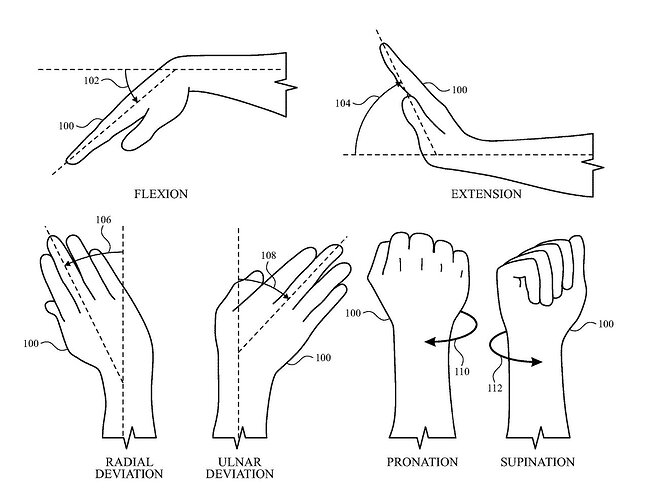Apple is looking into adding electrodes to Apple Watch bands to detect muscle movements and small electrical activities when a user makes finger gestures.
Currently, Apple Watch can tell when you’re not moving much and suggest starting a workout. In the future, with electrodes in the watch band, it could more precisely identify specific actions like shaking your fist.
A new patent, “Electrodes For Gesture Recognition,” explains that other gesture control methods have limitations. For example, while physical motions like eye gaze and body movement can be tracked, hand gestures usually need to be close to sensors to be detected.
The patent mentions that gestures can be tracked by cameras but points out that cameras have limitations, such as needing a clear line of sight and requiring complex hardware. Handheld devices like wands, controllers, or gloves aren’t commonly used and are less socially acceptable.
Apple is considering these social aspects. For example, glancing at your Apple Watch is meant to be more discreet than checking your phone, but it’s still noticeable.
With the new proposal, you could activate the electrodes by simply clenching or stretching your hand. These electrodes would detect electromyography (EMG) signals, which are the electrical activities from muscle contractions, specifically from the forearm and wrist muscles and tendons.
There is already an Apple Watch feature where clenching your fist can stop alarms. Another feature, Double Tap, lets you answer calls by tapping your thumb and index finger together.
With new sensors from electrodes all around your wrist, the Watch could detect finger movements even more precisely.
Instead of making a big gesture to tell someone to wrap it up, you could just twitch your thumb. Apple’s patent is broad, covering many possible future uses without giving specific examples.
The patent focuses on how this technology works rather than its potential applications. Apple explains that multiple rows of electrodes and conductive wiring could be placed in the watch band to detect EMG signals from muscle contractions.
Signals from these electrodes would be routed to the watch’s processing unit. Some electrodes would act as references, and the system would measure signals between active and reference electrodes to capture muscle activity at different points on the band.
Seven inventors are credited for this patent, including Daniel A. Podhajny, known for his work on a Star Trek-style communicator for Apple.

